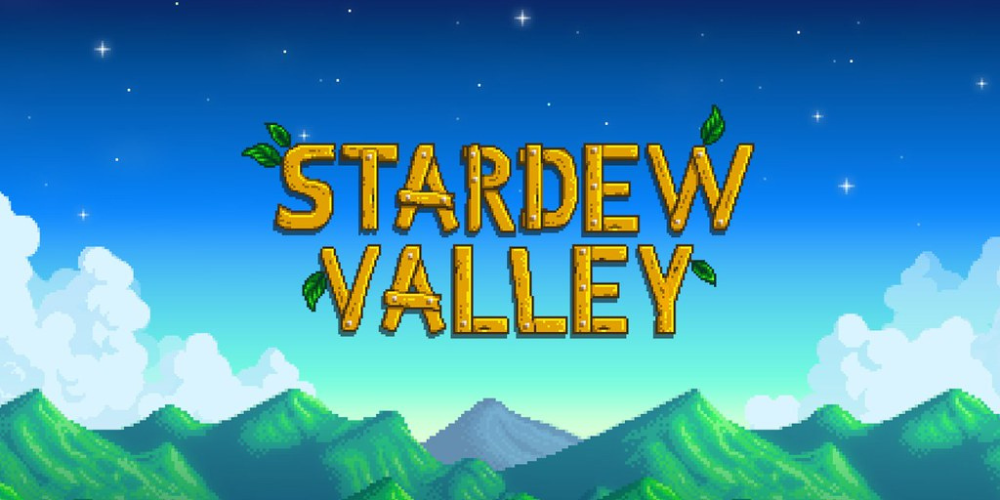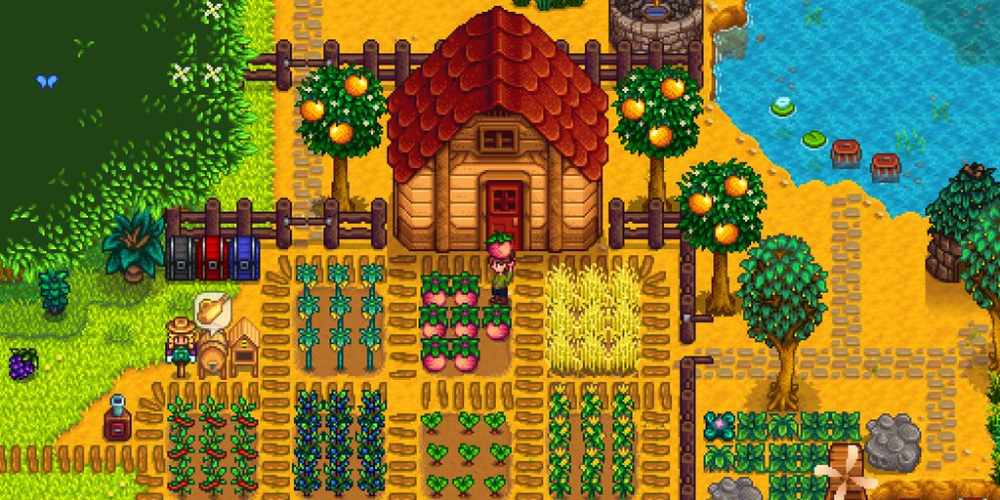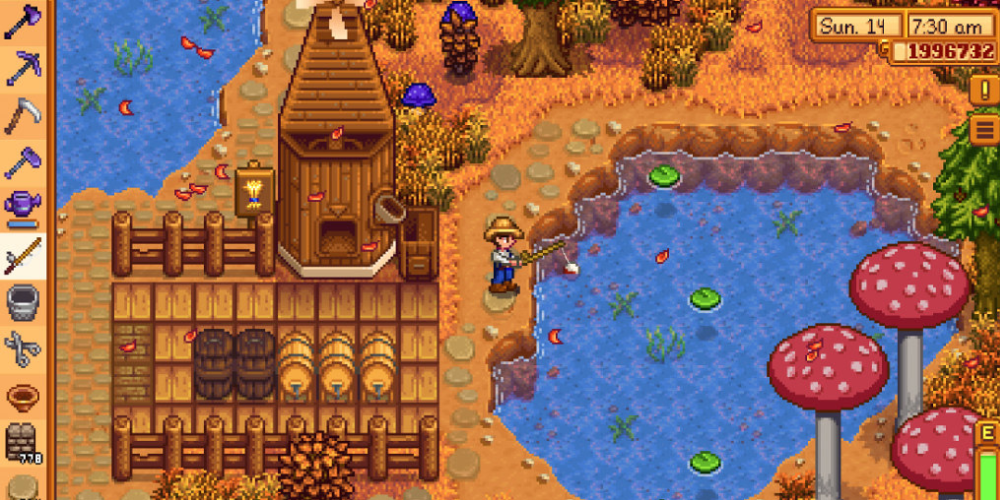
Mastering Your Inaugural Year in Stardew Valley: A Farmer's Guide
- 2024-04-17
Welcome to Stardew Valley, the charming farming simulator that has captured the hearts of players around the world. As you embark on your journey to transform your overgrown fields into a thriving homestead, it's important to strategize your moves to make the most out of your first year. These essential tips will guide you through your initial seasons, ensuring that you lay a solid foundation for your farm's future success.
Planning Your Crop Calendar

Understanding the seasonal crops is crucial to maximizing your farm's potential. Each season lasts 28 days in Stardew Valley, and most crops are season-specific. Start by planting crops that grow quickly, such as parsnips or beans, to generate a swift income. As you progress, invest in high-yield or multiple-harvest crops like strawberries in spring, blueberries in summer, and cranberries in fall. These will provide a steady flow of produce and income throughout the season.
Keep an eye on the calendar for festival days, as the shops and most services will be closed on these occasions. Plan your planting and harvesting around these events to avoid getting caught with a full inventory or missing a crucial selling day. Efficient crop rotation and timely harvesting are key to optimizing your profits and preparing the soil for the next season's yield.
Investing in Quality Tools and Upgrades
.png)
Upgrading your tools should be a top priority. Start by saving resources and money to upgrade your watering can and hoe, which will significantly improve your efficiency. Aim to upgrade your watering can on the day before it rains or right before a festival to minimize downtime, as you won't need it when you can't farm anyway. As you upgrade your tools, you'll use less energy and be able to tend to a larger area of your farm.
Investing in sprinklers as soon as possible will also save you a tremendous amount of time and energy. Initially, you'll only have access to basic sprinklers, which water the four adjacent tiles. As you level up your farming skills, you'll unlock more efficient versions like the Quality Sprinkler and, eventually, the Iridium Sprinkler, which can cover a significant portion of your field, leaving you free to focus on other tasks.
Building Relationships With Villagers

In addition to tending to your crops, it's important to build relationships with the residents of Pelican Town. Each villager has unique likes and dislikes when it comes to gifts, which can be found through trial and error or by reading hints throughout the town. Building friendships can lead to helpful tips, recipes, and even gifts mailed to you. Pay special attention to birthdays, as giving a loved gift on a villager's birthday will greatly increase your friendship level.
As your relationships grow, you may unlock special events called heart events that give you deeper insights into the characters' backstories. Some villagers will also offer you additional help on your farm, such as Shane, who sends you pizza, or Emily, who can make cloth from wool. Balancing your time between farming and socializing can be tricky, but the rewards and enhanced gameplay experience are well worth the effort.
Exploring the Mines for Essential Resources

The local mines are a source of valuable ores and minerals, which are essential for crafting and upgrading your tools. Dedicate rainy days or winter days, when farming is less demanding, to delve into the mines. The deeper you go, the more precious the ores you'll find. Always keep an eye on your health and energy levels during your expeditions, and be prepared with food items to replenish your energy if needed.
Mining also presents opportunities to fight various monsters, which drop useful items such as bug meat, which can be turned into bait for fishing. The deeper levels of the mine contain rare gems and materials that can be donated to the museum for rewards or sold for a profit. Balancing your time between mining and surface activities is important for a well-rounded and prosperous farm.
Conclusion
Your first year in Stardew Valley is a learning experience filled with opportunities. By planning your crops carefully, upgrading your tools, building relationships, and braving the mines, you'll set yourself up for a successful farm that will continue to grow for years to come. Remember, every farmer's journey is unique, so find your rhythm and enjoy the rural life of Stardew Valley.











